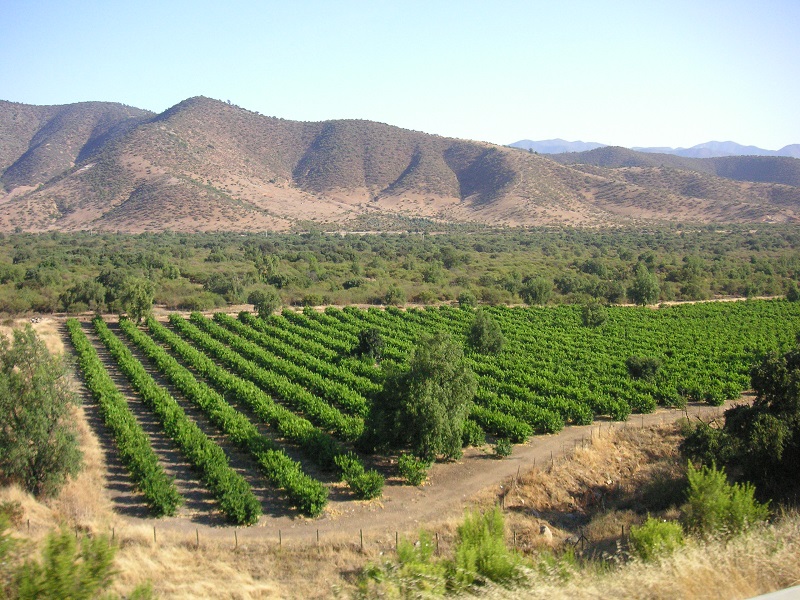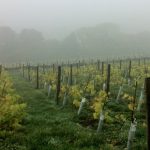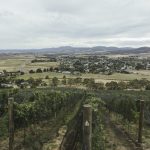This past week “Climate Change Wine Tour of Ancient Vineyards in Chile” was launched as part of a local strategy to visit the oldest vines located along 4,000 kilometres in the Chilean territory.
Since 1551, Chile started to receive immigrants from several countries like Spain that brought through Peru (Cusco) the now endemic “país grape” that originally was “Listán Prieto” from the Canary Islands.
These vines were established in La Serena in Coquimbo Region and all the north of Chile, even in the Atacama Desert in oasis.
From 1800´s French arrived to Chile for several reasons like building the train railroad and bridges in the area of San Rosendo than connected Concepción-Talcahuano with Santiago and south of Chile.
French brought Malbec, Cabernet Sauvignon and Cabernet Franc in San Rosendo in the Bio Bio-Laja Rivers conjunction, where you can find small lots of these varieties, are being vinified and bottled from grapes over 140 years old.
In the south, near Puerto Varas in the Puelo Valley, Argentineans from the other side crossed over and established several “parrones” of grapes that, due to higher temperatures, are ripening now.
After an ampelography analysis, the Bonarda ended up being acclimated to cold and rainy weather in a very special micro-climate ecosystem.
The founder of AndesWines.com, Maximiliano Morales, started an investigation about the ancient vineyards that were spread in the country in 2000.
Morales is also the former wine specialist of National Geographic Explorer Expedition Ship and created the Climate Change Wine Tour of Ancient Vineyards to visit old vines of Cabernet Sauvignon that are 40, 80 and over 140 years old in Maipo, Maule and Bio Bio Valley.
















